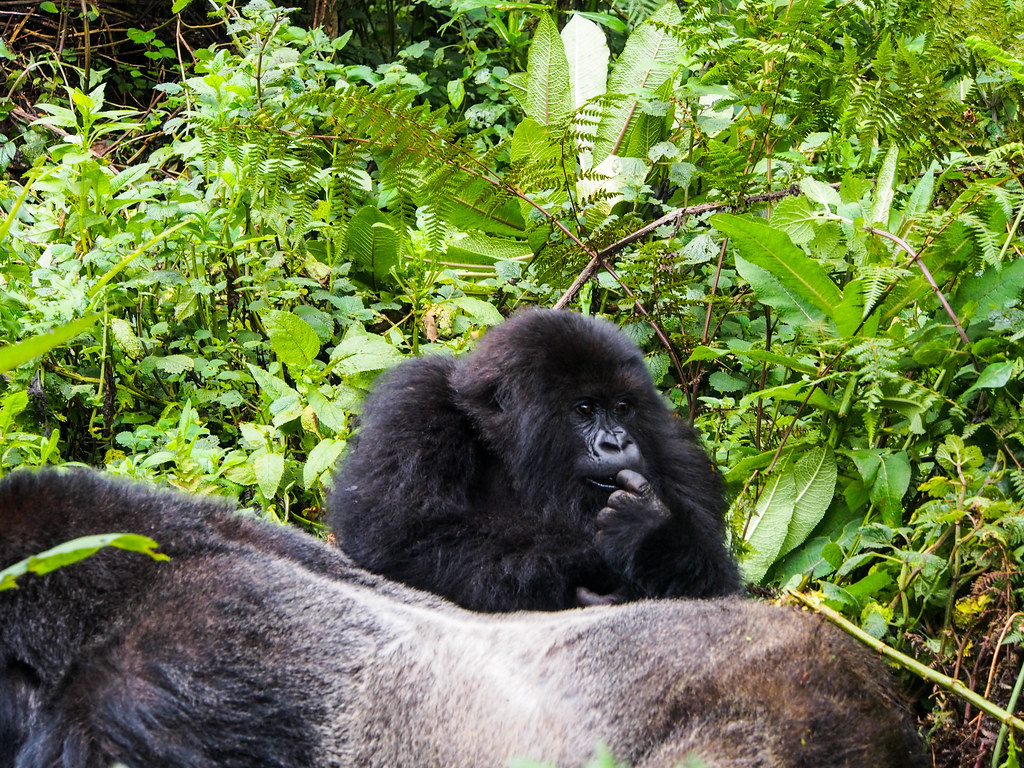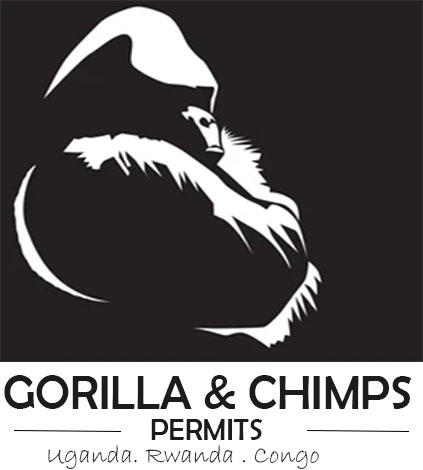Ultimate Guide to Gorilla Trekking—What to Expect on Your First Trip
Gorilla trekking guide. Gorilla trekking is a once-in-a-lifetime adventure that brings you face-to-face with the majestic mountain gorillas in the wild. Whether you choose Rwanda, Uganda, or Congo, this experience offers more than just a wildlife sighting—it’s a deep, immersive journey into Africa’s misty forests.

Where Gorilla Trekking Happens
Gorilla trekking takes place in only three countries:
- Uganda (Bwindi Impenetrable National Park and Mgahinga Gorilla National Park)
- Rwanda (Volcanoes National Park)
- Democratic Republic of Congo (Virunga National Park)
Each location has its own charm. Rwanda’s treks are shorter but steeper. Uganda’s treks are longer and more rugged. Congo offers fewer crowds and raw adventure.
What to Expect Before the Trek
Your day starts early. By 7:00 AM, you must report to the park headquarters for a safety briefing. Park rangers assign you a gorilla family based on your fitness level.
After the briefing, groups of eight head into the forest with guides, rangers, and sometimes porters. The goal: to locate a habituated gorilla family.
Trekking can take 1 to 6 hours, depending on where the gorillas nested the night before. Trails are not paved. Expect muddy paths, steep slopes, and thick vegetation. But the reward at the end is unmatched.
Meeting the Gorillas
You’re allowed only one hour with the gorillas once you find them. This is to reduce stress on the animals.
You’ll see gorillas grooming, feeding, resting, or playing. Young ones tumble around as silverbacks keep a protective eye. Stay silent and follow your guide’s instructions. No flash photography. Maintain a distance of 7 meters, though gorillas may approach out of curiosity.
What to Wear and Carry
Wear long pants, a long-sleeved shirt, and hiking boots. Gloves help with grabbing vines. A waterproof jacket is essential — forests are damp even in dry season.
What you should bring:
- 1–2 liters of water
- Snacks or energy bars
- Sunscreen and insect repellent
- Camera with no flash
- A walking stick (offered at most parks)
Physical Fitness and Preparation
Gorilla trekking is moderately strenuous. Some fitness is necessary. Train by doing short hikes or long walks weeks before your trip. The trek isn’t a race—guides set a steady, manageable pace.
Hiring a porter is recommended, even if you’re fit. Porters carry your bag and assist on slippery trails. This also supports local communities.
Permits and Group Size
Only eight visitors may visit a single gorilla family per day. This limits human impact and keeps the gorillas safe. Permits must be booked in advance.
Permit costs (as of 2025):
- Rwanda: $1,500 per person
- Uganda: $800 per person
- Congo: $400 per person
Prices vary depending on nationality and season. Always book through a reputable tour operator or national park authority.
Best Time to Go
The dry seasons offer the best trekking conditions:
- June to September
- December to February
During these months, trails are drier and more accessible. However, gorilla trekking happens year-round, and sightings are guaranteed thanks to skilled trackers.
Safety and Health
Gorilla trekking is safe when you follow rules. Rangers are trained to protect both you and the animals. However, basic precautions matter.
You must not trek if you’re sick. Gorillas share up to 98% of human DNA—they are highly vulnerable to human illnesses.
Vaccinations for yellow fever, typhoid, and hepatitis are recommended. Carry a small first-aid kit and any personal medication.
The Emotional Impact
Nothing prepares you for that first eye contact with a wild gorilla. It’s deeply moving. Many travelers describe it as spiritual, even life-changing.
You leave the forest not just with photos, but with a new respect for nature and conservation.
Plan Your Safari
Your first gorilla trekking experience blends thrill, humility, and connection. It’s not just a wildlife adventure—it’s an emotional encounter with one of our closest relatives. Prepare well, respect the guidelines, and let the forest surprise you.

